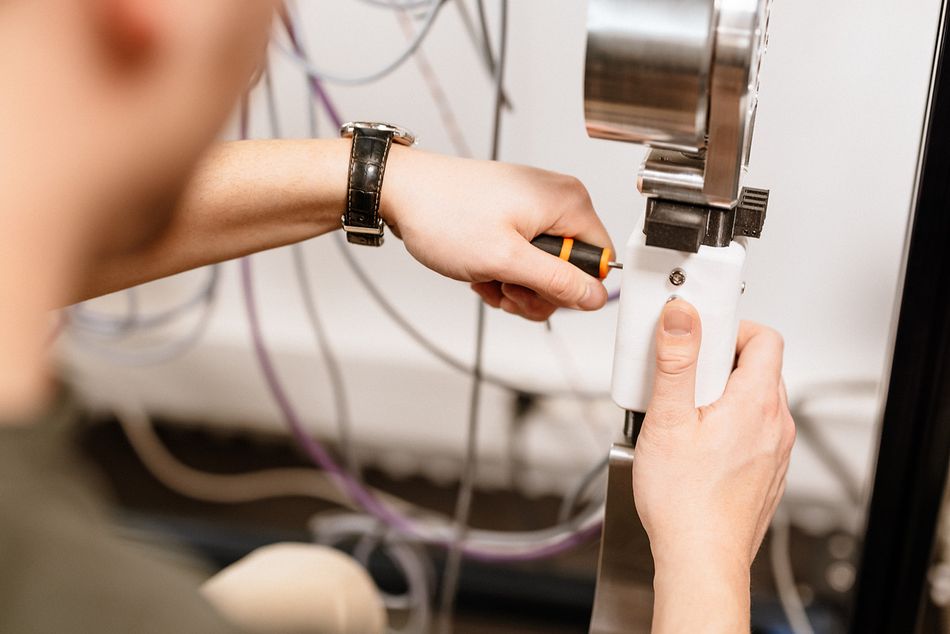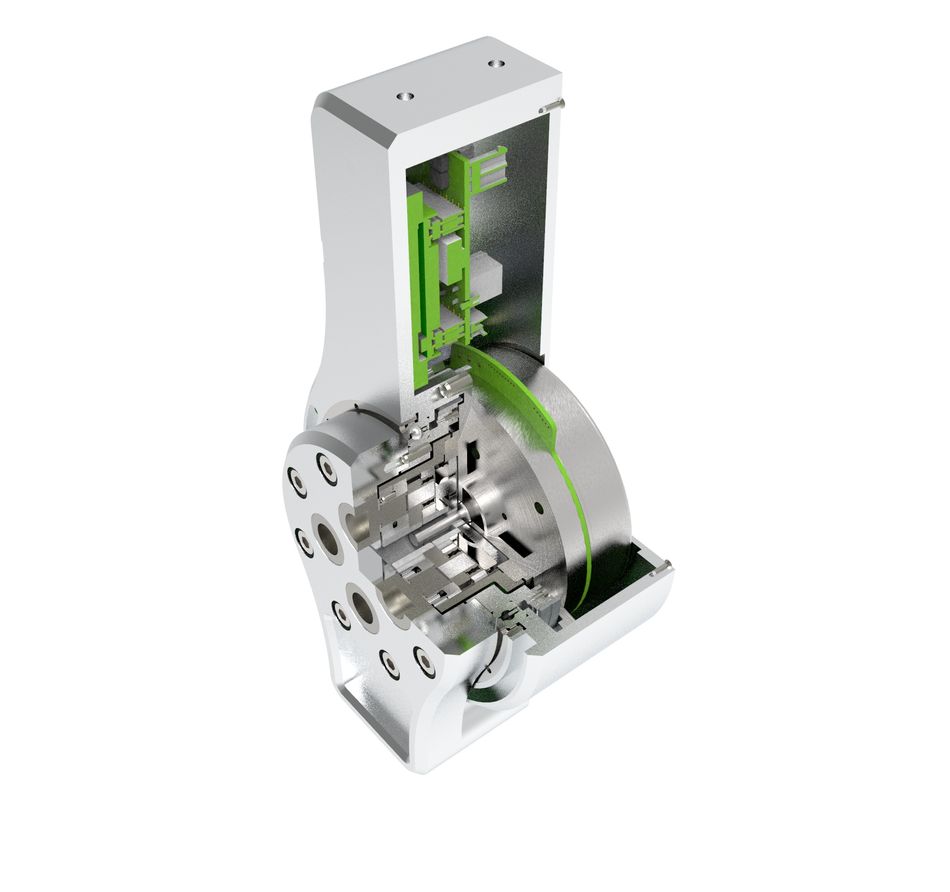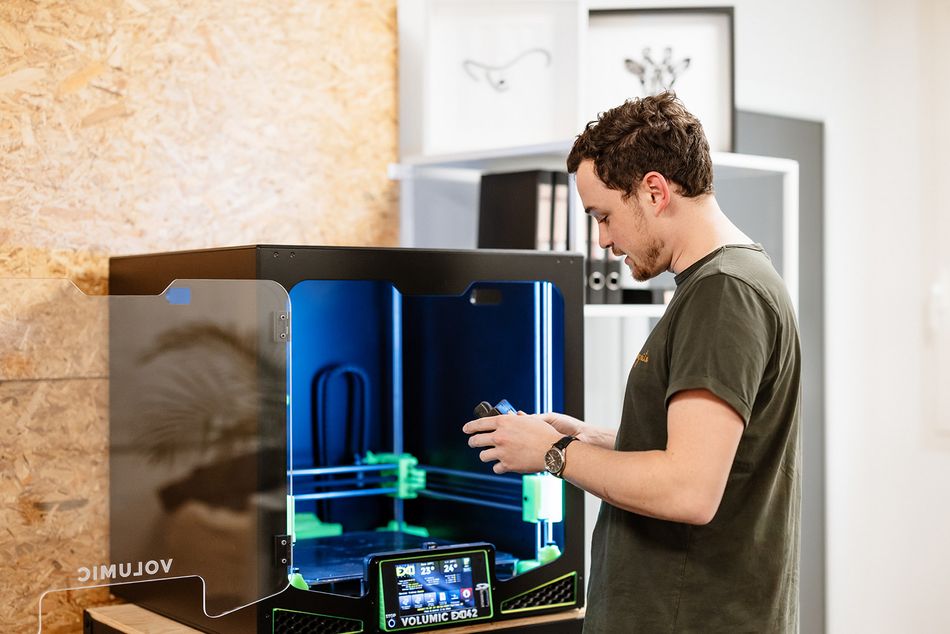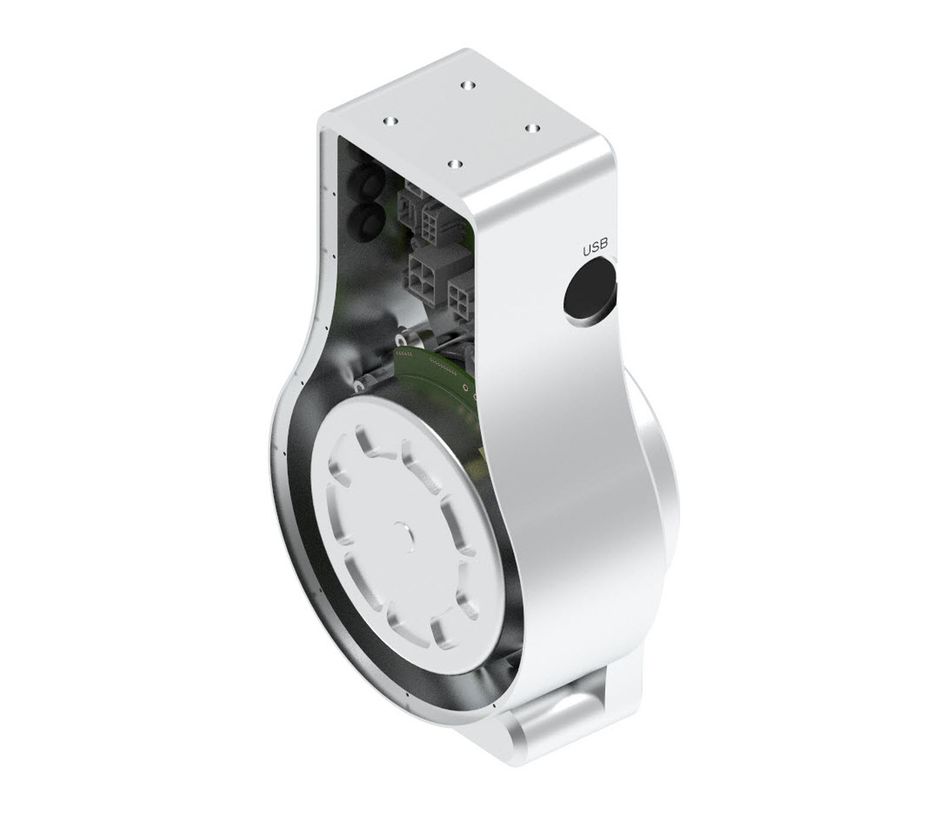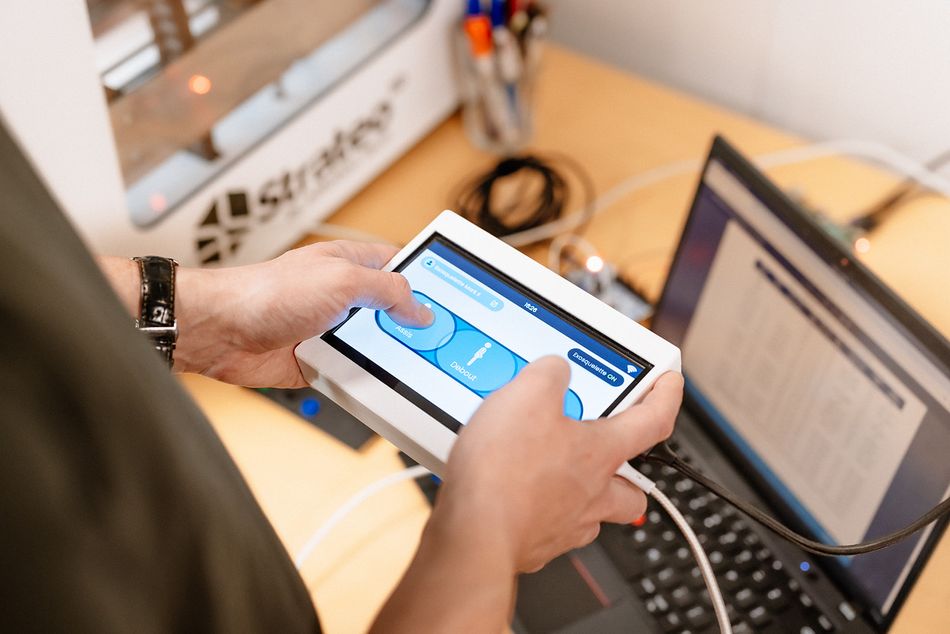Somanity: Exoskeletons by people for people
Somanity aims to revolutionize mobility for individuals with motor disabilities by developing an affordable 3D-printed exoskeleton.
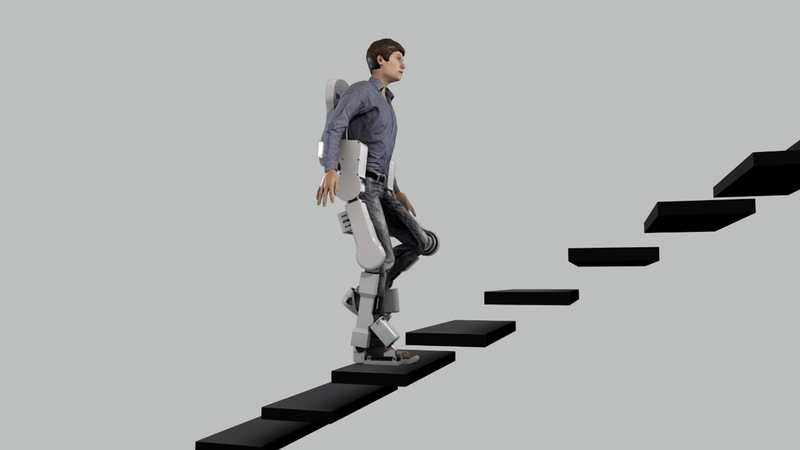
Somanity’s story began three years ago when three friends were having a drink. Since he’d been diagnosed with multiple sclerosis, Sébastien had been confined to a wheelchair. “The only way for me to walk again someday would be to have an exoskeleton,” he told his friend Mathieu Merian. The problem: Exoskeletons are expensive — very expensive. Having one would cost €150,000 to €250,000. Mathieu is 19 years old. He has just dropped his university electrical engineering track to join the Global BBA program at SKEMA Business School. Plus, he is head of My3D, a company specialized in 3D printing.
He has that youthful insolence that has no fear of dizzying challenges, and the naivete to want to make the world a better place. Thus, he got a slightly crazy idea: create the first 3D-printed exoskeleton to allow anyone with a motor disability to once again walk, run, climb stairs and more. In brief, to live normally again and regain full bodily control, all for less than €10,000 out of pocket.
The thought could have wafted away in the air, like most ideas launched under the influence, but it culminated in the creation of a new company: Somanity. Three years later, the startup has attracted investors, has its first functional prototype and plans to market its exoskeleton by the end of 2025. Make no mistake: Mathieu Merian has all the expertise and determination needed to turn his ideas into reality.
The challenge: design an affordable, desirable exoskeleton.
Somanity’s calling is simple. Launch a new exoskeleton prototype that allows anyone with a motor disability to walk again, for a price between €10,000 and €20,000. Driven by the desire to reduce all costs in the medical field, Somanity seeks to reduce the price of an exoskeleton to one-tenth by focusing on 3D printing. But its ambitions don’t stop there — the startup also wants to make its exoskeletons as appealing as the latest smartphone.
“We’ve done workshops with APF France Handicap to find out what the people involved want from their exoskeleton. One man with a motor disability told us, ‘I want an exoskeleton that makes people wish they were disabled.’ That’s what we’re attempting to do with a medical device that doesn’t look like one,”, says Mathieu Merian, founder and CEO of Somanity. Specifically, this translates into an ergonomic, modern design for an exoskeleton available in several colors, with a futuristic, decidedly technological look. “3D printing allows us to do things that you can’t normally do at the design level, or at least to act quickly in the design process,” Merian says.
Exoskeleton motorization delivered in record time
The first prototypes rolled out in June 2023. Somanity then began looking for a motorization partner. “I benchmarked the various motors available, and I ran across a document from maxon devoted to motors for exoskeletons. So I contacted the company,” Merian recalls. If maxon didn’t have a standard product to offer within 48 hours, it was still good timing for Somanity, because maxon Switzerland’s medical business unit had just created a concept for an exoskeleton: an assembly called “Exoskeleton Drive” made up of an EC90 Flat motor, a reducer, an encoder and an electronic card, all integrated.
“In less than 15 days, we were able to deliver this all-in-one device dedicated to exoskeletons right to Somanity. This concept device integrates enough performances to allow the structures at the start of the project to characterize their needs more precisely,” explains Virginie Mialane-Lacroix, medical market manager maxon France. The startup could then count on maxon technical support to best integrate this product.
Tight time to market and clarity about the market
“maxon products are very well documented, and we’ve benefited from excellent technical support — so good that in less than a month the first motor was implemented. Before the end of August we ordered the remaining motors to implement all the legs and at the beginning of January we integrated the motor to make the last degree of hip opening,” says the Somanity CEO.
“The first six months of this collaboration were ultra high-performance. We are used to working with other startups, but it’s rare for one to have that level of maturity at this stage of the project. Somanity is characterized by its determination and very clear identification of the need, and the means to go along with that need,” Virginie Mialane willingly confides. The startup is, in fact, aware that the product currently offered by maxon isn’t optimal yet, but they know that improvements can be made later. And Virginie Mialane-Lacroix continues: “It sets them apart that they accept the current limits while still focusing on what is essential. That means coming up with a working demo within the time and budget allotted.”
For its part, Somanity is delighted to have a partner that understands the responsiveness challenges of a startup. “Being able to make a phone call, transfer some money and have the motor a week later is priceless. Having engineers who listen, who answer our questions and guide our technical choices, is too,” Merian confirms.
Once the mechanical part was validated, Somanity could finalize their design. As of now — February 2024 — Somanity has a final prototype. Sébastien, Mathieu’s friend who has a motor disability, will be able to start the first tests in March.
From medical to space: Somanity exoskeletons are looking far ahead
To respond to their time-to-market challenges, Somanity has chosen to bring out the first version of their exoskeleton as a Class 1 medical device. A second, more powerful version, with enriched functionalities and onboard technologies, can then come out later as a Class IIA medical device.
But Somanity exoskeletons aren’t limited to the medical field! “We have a partnership with the European Space Agency (ESA) to make exoskeletons for generating gravity. The objective is to make the body think it is in Earth’s gravity while maintaining the freedom of zero gravity in an international space station,” Somanity’s CEO explains. The purpose? To limit the loss of muscle mass and bone density while saving astronauts long hours spent exercising.
HMI and IA: exciting future developments
Currently, an exoskeleton’s human-machine interface (HMI) is reduced to a screen and a joystick. Ultimately, Somanity intends to offer an HMI similar to that of screens in cars, with a display of the environment, the possibility of updating its exoskeleton, access to real-time data, and more. “The final goal is always the user’s comfort. Ultimately, when the technology is operational, we’ll also have cerebral control,” the CEO says. By 2028, Somanity also intends to integrate an empathetic assistant into its exoskeleton, to prevent users from suffering mentally and to compensate for the shortage of health professionals. “With these AI-based technologies, it is becoming possible to ease the work of caregivers while improving patients’ lives,” says Merian.
In addition to freedom of movement, the exoskeleton has the advantage of allowing a person previously seated in a wheelchair to assume an upright position, at the height of people they’re speaking to, looking directly into their eyes and no longer at the height of a child. “Sometimes people speak to my friend as if he’s mentally disabled because he is in a chair. Being in an upright position allows people to overcome a psychological barrier!,” the Somanity CEO assures. “In addition to the psychological impact, there is a physical and psychomotor effect: use of exoskeletons combats the secondary effects of the seated position,” adds Virginie Mialane-Lacroix, medical market manager maxon France.
Fundraising in progress
Innovations by people for people — these words sum up Somanity’s whole philosophy. To achieve its goals, the startup seeks to raise €2 million to €4 million in 2024. These funds would especially allow them to position themselves on the American market. “We’re looking for investors ready to assist us, because we’re aware that fundraising will come with its share of changes at the team level,” the CEO says. The startup therefore hopes to find investors aligned with the human dimension of its project, especially able to help it with medical validations and with drafting SMQs.
Are we heading toward an ultramodern future where disabled people will be envied for their high-tech exoskeletons? “A lot of people think it's great that we’re developing exoskeletons. But it’s also really sad, because the reason we have to do it is that our living spaces are not adapted to people in wheelchairs. To be honest, I look forward to a day when I’ll stop selling exoskeletons because an operation will put people on their feet again. When that day comes, I won’t be the least bit sad to be made obsolete,” explains Mathieu Merian, CEO of Somanity.
Find out more: www.somanity.com

